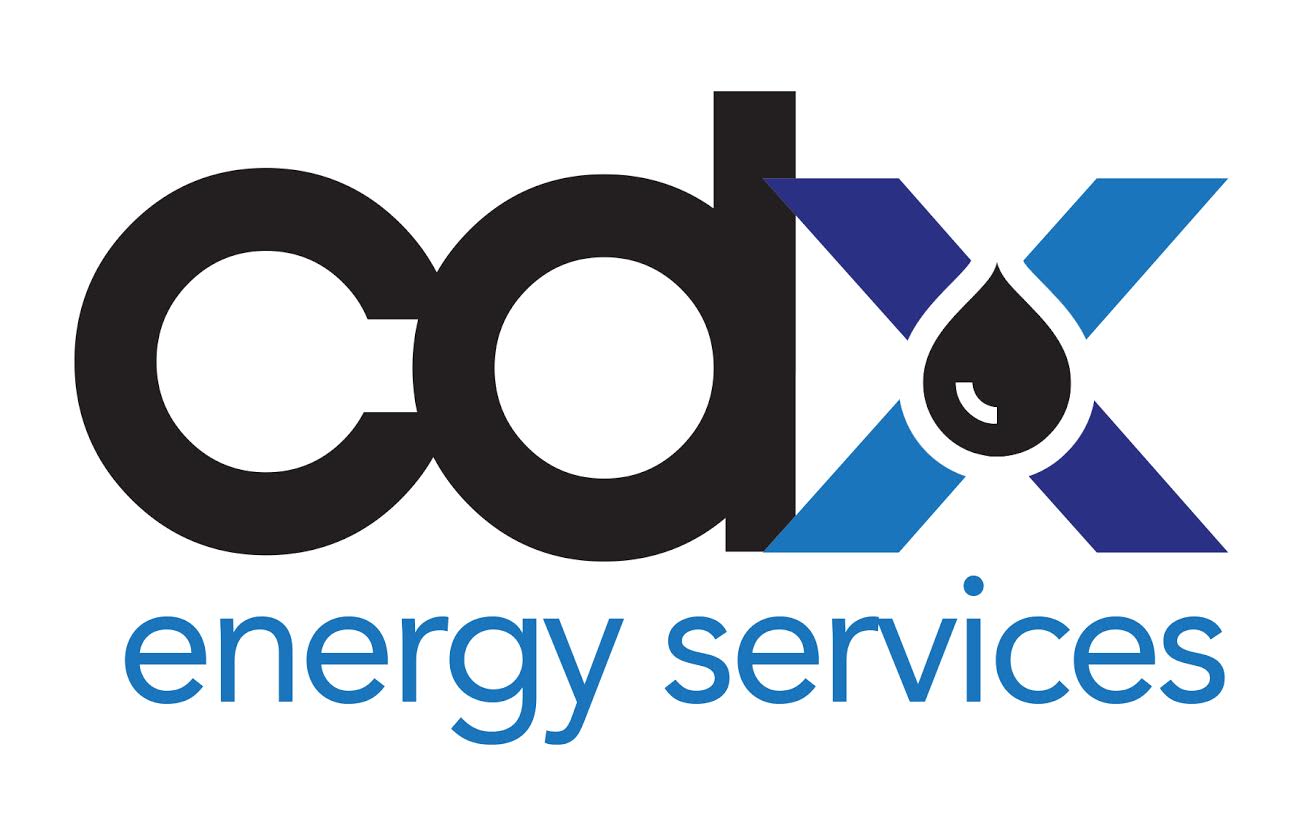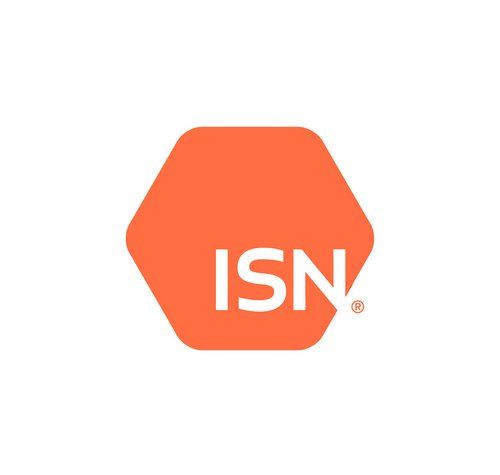CDX products
Description
ParaBreach is a liquid compound formulated to be injected into flowlines/pipelines for the increased
recovery of hydrocarbons that will result in improved flow characteristics. These attributes result in increased performance of operational equipment with less downtime. The unique proprietary characteristics of the ParaBreach interacts with the attached hydrocarbons on formation surfaces to destabilize the weak hydrogen bonding which causes the hydrocarbons and other organics to be released from the pipe surfaces. This results in an increased surface water wetting and reduction of surface tension allowing the oil/gas to be flow with higher efficiency. Additionally, the metal surfaces contacted by ParaBreach are coated with a polymeric barrier thereby protecting those metal surfaces that reduce corrosion and increases the conductivity of mineral surfaces.
How is ParaBreach a value added chemical?
When ParaBreach comes into contact with metal surfaces a polymer layer of oxygen and silicon are deposited. The polymer creates a barrier that prevents the metal surface from interacting with the chemistry of the water stream. It is resistant to acids, alkali, and organic compounds. Creating a barrier that protects metal surfaces. Pipeline and midstream equipment is coated, which extend their service life, decreasing operating and maintenance costs, thus increasing ROI.
• Reduce or eliminate the H2S threat.
• Keeps your equipment paraffin and corrosion free.
o CreatesPolymericbarrier. o Coriolis meters, LACT
units, PD pumps, sight glasses and large and small storage tanks.
• Reduces your operating costs. o Increase production.
o Increase revenue.
o Improve efficiency.
ParaBreachcausesa reaction with the hydrogen sulfide converting it from a gas to a water-soluble compound which will not participate in corrosive reactions
Corrosive H2S will be altered by breaking the bond of hydrogen with sulfur, converting the sulfur to a less troublesome sodium sulfide.
• Reduce or eliminate paraffin. o Produces a protective
barrier on surface,
o Reducepigruns.
o Cleansparaffin off pigs after runs.
• A green water-based product.
For more information on how CDX Energy Services can help your organization,
call 833-239-3649
The Proper Care and Feeding of Saltwater Disposal Sites With HYDROCLEAR
Introduction
Water treatment for disposal:
Protect assets (e.g., electrochemical corrosion, bacterial induced corrosion, and scale),
Protect the near bore-hole formation from plugging and damage (scale, TSS, oil, bacteria), and minimize oil loss.
Poor water quality can degrade even high-quality porous formations and lead to increased maintenance costs for the injection well.
– it is easier to inject cleaner water
Water Chemistry and Fluid Compatibility
Water chemistry is perhaps the most important aspect to understand regarding sub-surface disposal and injection operations. Water chemistry consists of:
- cationic and anionic properties (dissolved solids),
- pH,
- suspended solids,
- temperature,
- pressure,
- specific gravity,
- dissolved gasses, and
- bacteria
- Water Chemistry – Scale Formation
- The biggest potentials for scale formation in SWD applications are related to changes in temperature and pressure, and the mixing of waters.
- Common scale inhibitors are nucleation or crystal growth modifiers, with phosphonate and phosphate esters being better nucleation inhibitors with polymers being better crystal growth modifiers.
- When selecting scale inhibitors, product compatibility is a main concern.
- The application of scale inhibitors for water systems should be continuous and upstream
- of the onset of scaling.
- Water Quality – Suspended Solids
- Total Suspended Solids (TSS) refers to any particulate matter that is suspended in the water phase.
- Scales,
- Corrosion products,
- Bacteria and algae
- Formation materials such as sand, silt, and clays.
• Foreign materials such as frac sand, drilling mud, and chemicals associated with these operations.
Suspended solids can have a negative impact on fluid treating equipment, reduce run time of filter systems, and can plug formations.
Water Quality – Corrosion
Corrosion is a process that can be reduced but not eliminated. Factors influencing electrochemical corrosion:
Higher the chloride concentration, faster the reaction (greater concern when >50,000 ppm in water)
- pH: has the most influence, lower pH faster the reaction.
- pH between 6.5 and 7.0 = mild corrosion
- pH between 6.0 and 7.0 = moderate
- pH less than 6.0 = aggressive
- Dissolved Acid Gases: CO2, H2S, O2
- High velocity, history of corrosion, and changes in field characteristics also are issues of
- concern.
SWDs and the associated equipment are a water wet system that will need a robust corrosion prevention program. Corrosion inhibitors are a commonly used to address corrosion protection. - When selecting a corrosion inhibitor, the source of corrosion must be determined (e.g., presence of CO2 and or H2S as well as oxygen or bacteria). General types of corrosion inhibitor chemistry include:
- Amines
- Fatty Acids
- Quaternary Amines
- Sulfur Compounds
- Phosphate Esters
- These products are applied continuously upstream of the injection system at rates in the range of 10-20 ppm.
- Water Chemistry - Bacteria
- Bacteria can be single or multi cell microorganisms that exist everywhere.
- Bacteria can grow rapidly where conditions are suitable and they can utilize a wide range of
- nutrients, both organic and inorganic.
- Bacteria can be classified by their respiration, cell structure, growth parameters and eating
- habits.
- Bacteria exist as planktonic (free floating) or sessile (attached). Sessile bacteria can form
- environments that promote microbial induced corrosion (MIC).
- Bacteria can cause several issues in a water treating system, including but not limited to:
- Biomass accumulation in dead areas of flow lines and equipment, or in the formation
- Formation of iron sulfide deposits
- Decline in water injectivity, increasing line pressure or plugging.
- Increased levels of H2S.
- Microbial Influenced Corrosion (MIC).
- Water Quality – Oil Content
- Oil in water streams causes five main problems.
- Loss of revenue for the operator,
- Serves as a food source for bacteria,
- Strongly absorbs on to iron sulfide and other scale deposits, reducing the ability to remove these deposits with acid treatments,
- Reduced filter run times, and
- Reduces the relative permeability to water in the injection well.
- Hydroclear Application for Injection Wells/SWDs
- Customer challenges:
- Microbial growth
- Emulsion pad/bad water and oil quality
- H2S produced by microbes.
- Supplying chemicals to increase SWD efficiency by focusing on water quality before injection. Minimizing tank cleanouts and well stimulation through the control of solids/organics.
- We use a 10%-15% activity on the downstream side of the pump as a surfactant/pressure reducer to replace the acid surfactants. On the front side of the SWD system, we use a 25% to act as an EB and iron sulfide reducer. We have even added a 5% blend to polish the water system after the first 'knockout' tank.
- In all cases in a matter of days or a couple of weeks, the whole system starts to clean up.
- Fewer emulsions,
- cleaner water,
- tank bottoms begin to reduce,
- pump pressures decline,
- in many cases injection rates increase.
- CDX Energy Services consistently strives to offer our customer-base the highest quality service from start to finish, and we are ready to serve you 24 hours a day, 7 days a week. We strive to find environmentally conscience, innovative solutions to industry challenges. Saltwater disposal is one of the largest infrastructure issues for E&P operators and often represents their single largest production expense. Hydroclear is a chemical that will increase SWD efficiency by focusing on water quality before injection. Minimizing tank clean outs and well stimulation through the control of solids/organics.
- For more information on how CDX Energy Services can help your organization, call 833-239-3649

